Over the last year I have been working with NTU (Nottingham Trent University) within their Enabling Innovation program to embrace digital technologies within my practice. At first I was a little sceptical about the possibilities of this new burgeoning technology to try and capture the delicate details of something hand woven, but I think we are beginning to see some positive results.
The first items I gave them were some spiral forms made using the corn dollie 5 stranded spiral weave, which they digitally mapped and then printed with the new 3d clay printer. The results were very interesting and I shall share these with you in a later post.
After experimenting with clay, we moved on to a 3d printer with a synthetic polymer, and the test piece was a length of macrame knots woven in a 4mm thick cotton cord. The piece was worked over a wire core to enable the technicians to suspend the weaving and capture a 360° view of the work. The scan was sent to print and the results are very promising. The printed work has captured the threads of the cotton well and the movement of the weave is visible in every twist and turn.
What next? The scans of handwoven work could be further manipulated and produced at differing scales which could lend itself to large scale works. Now I need to see if a scan can capture something much more delicate than a chunky series of Crown Knots, and scan a panel of macrame.

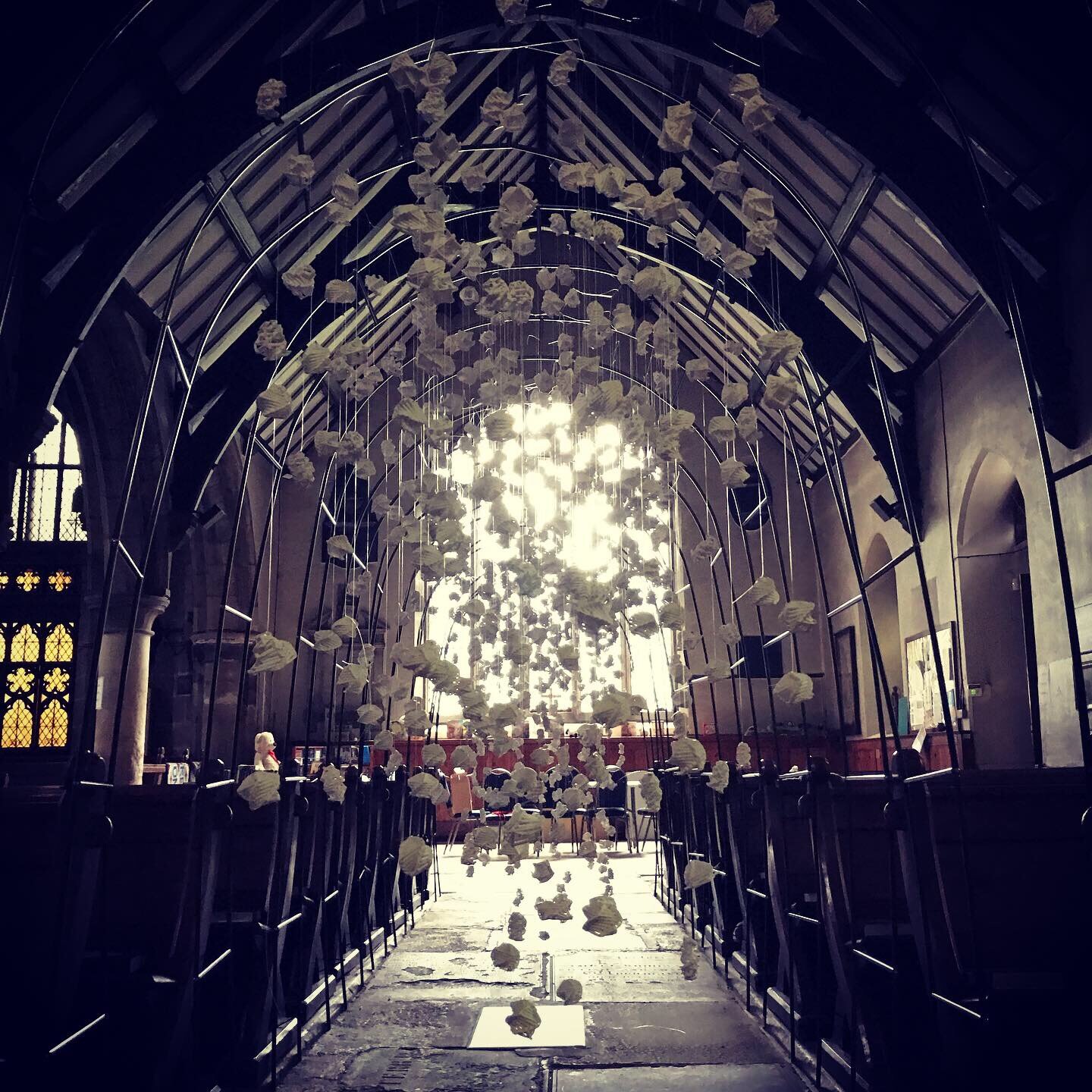


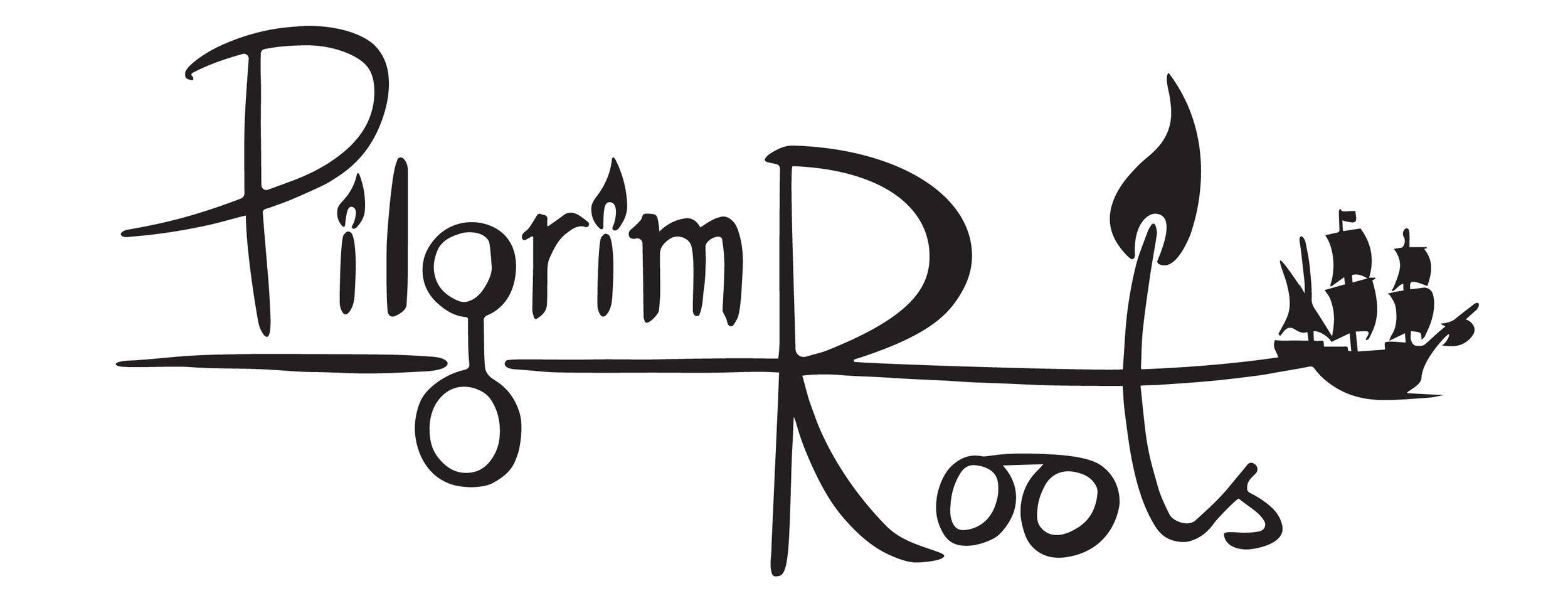


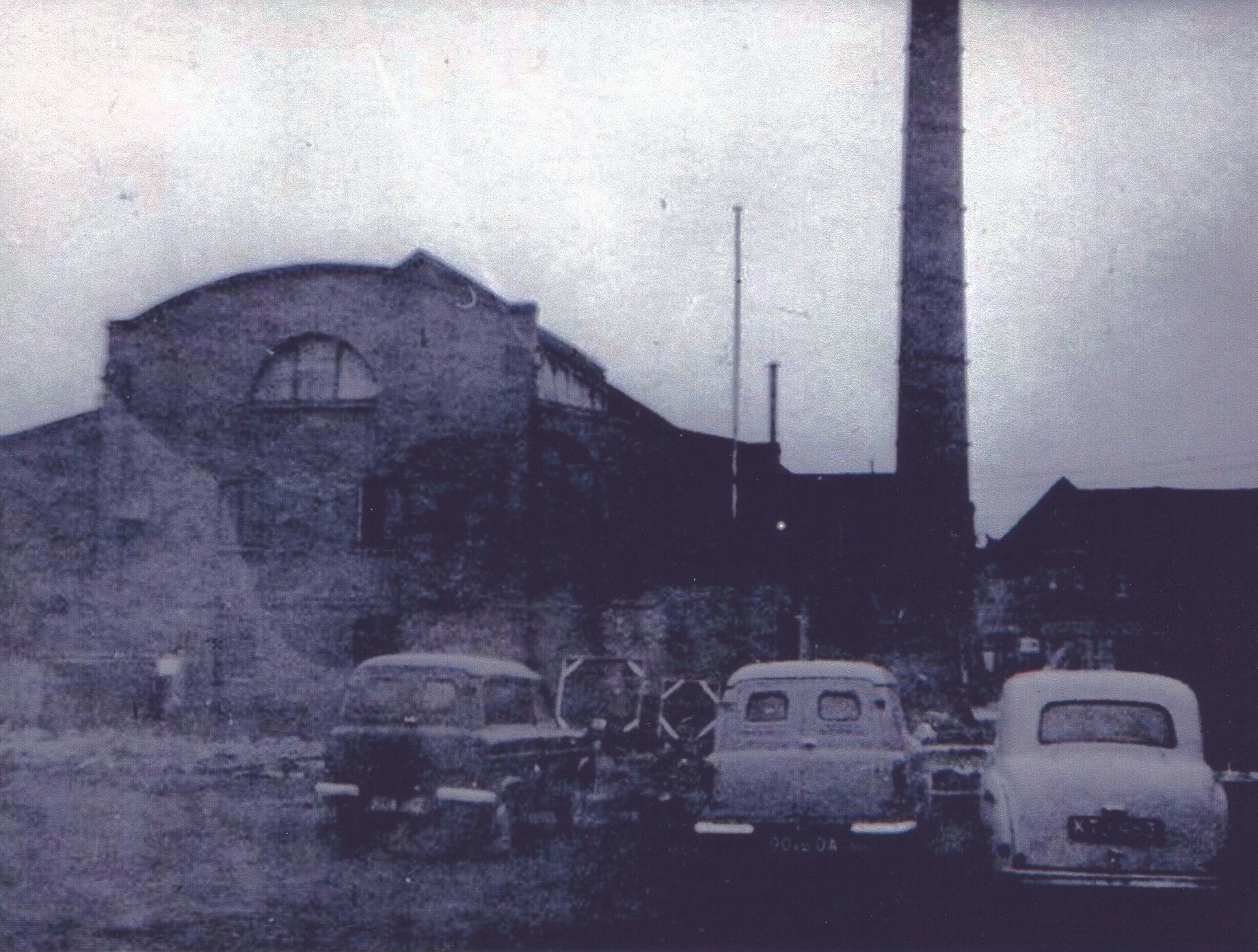

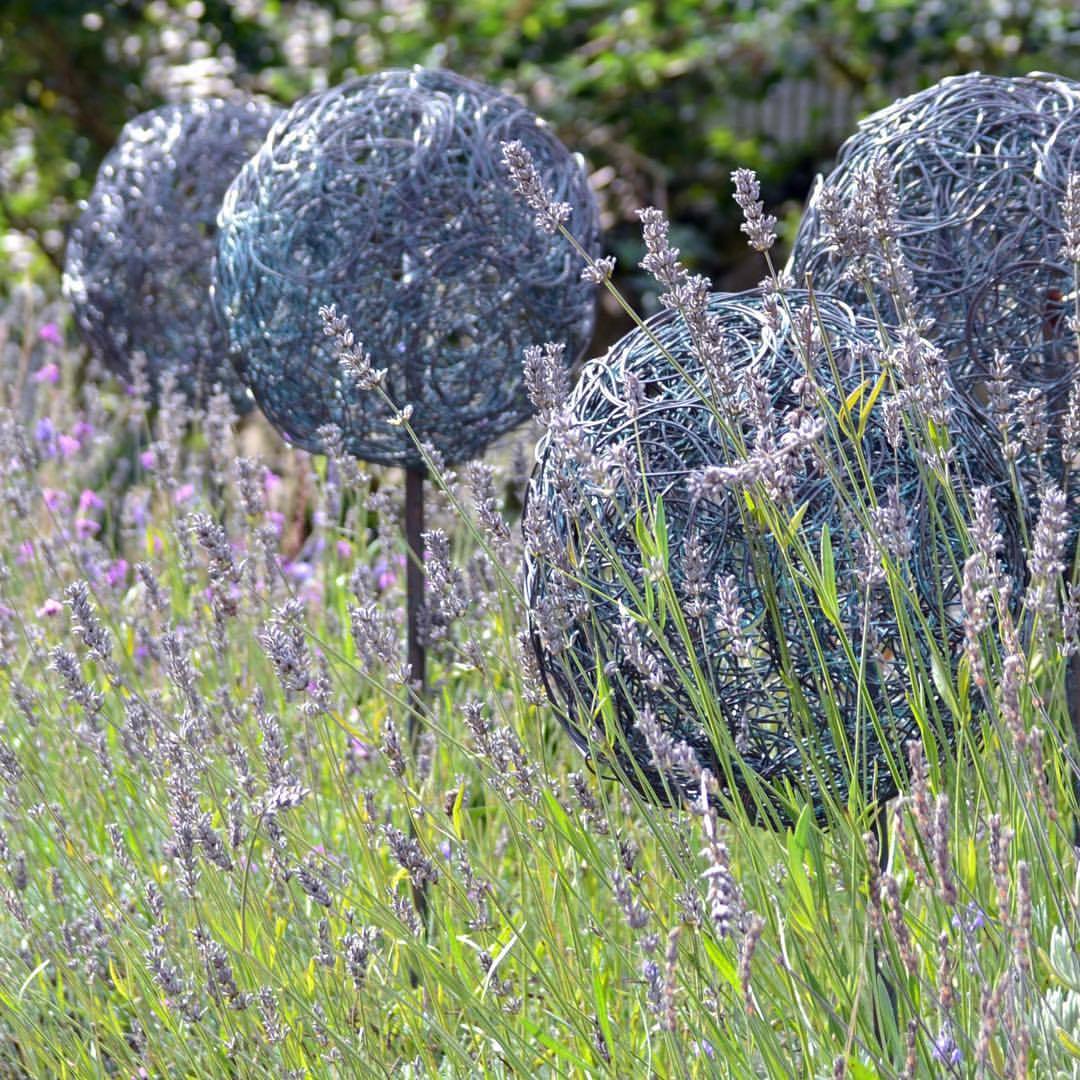
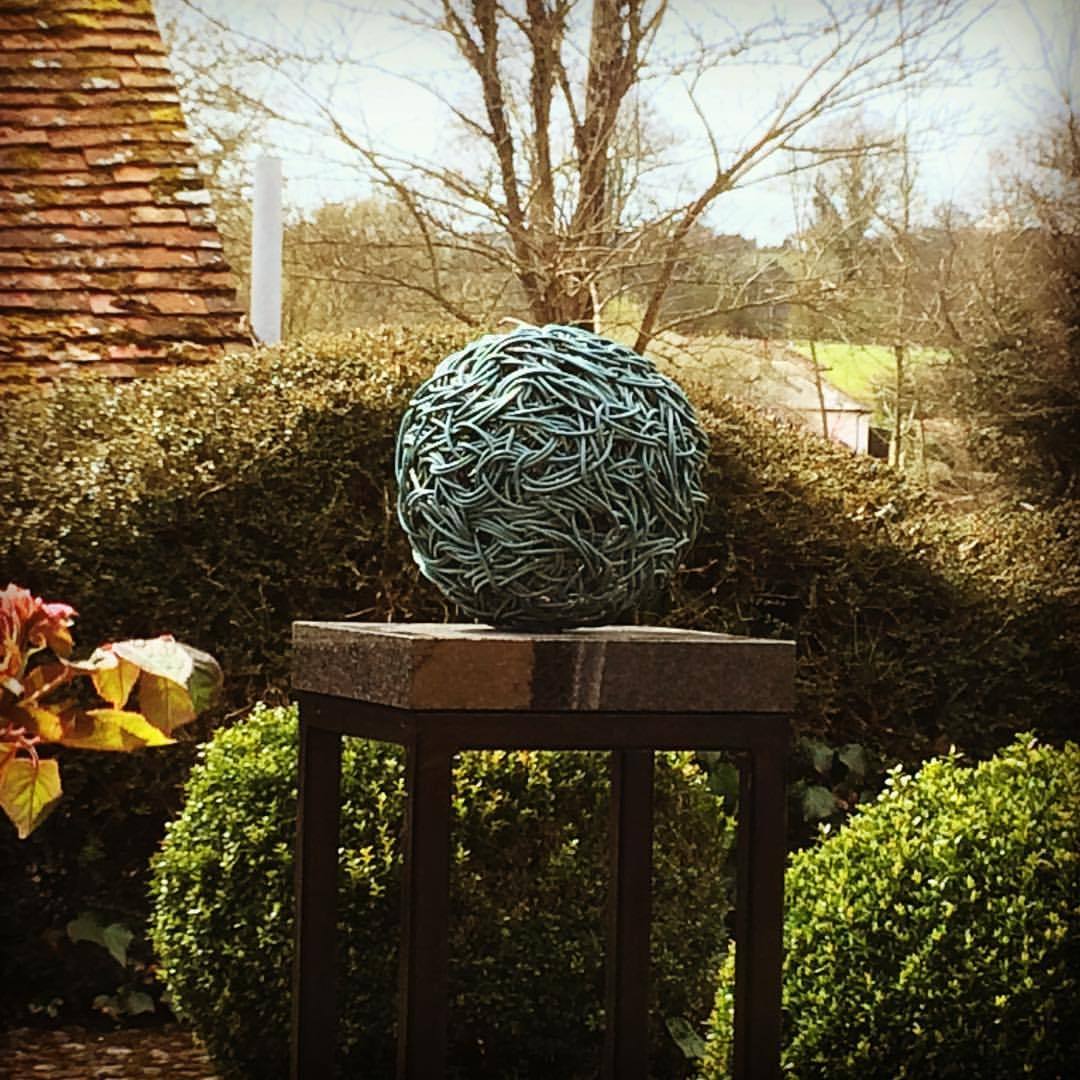






In 2010 Rachel was commissioned by Amber Valley Borough Council to create a gateway sculpture in the town of her birth.
Heanor in South Derbyshire has a rich industrial history, from textiles and hosiery to coal. The sculpture sits on the corner of the old site of I R Morley's, a textile manufacturer established in 1795 whose premises in Heanor employed over 1000 people until it closed towards the end of the 20th century.
I R Morley's logo featured a wheel set in a pair of wings titled the Flying Wheel and was the first company logo added onto a piece of clothing.
The sculpture takes inspiration from this story and presents a wing either side of the sculpture which is punctured by a large wheel representing industry and regeneration.